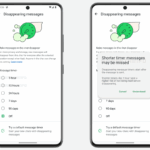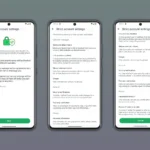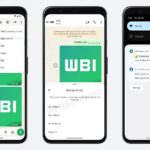
Earlier this year, Google started beta testing Gmail’s confidential mode for its G Suite customers—The feature was previously available to all users as an opt-in, but the company now seems confident enough about it that it’s announced the decision to turn the confidential mode on by default for all users starting June 25.
Confidential mode, which has been available for personal accounts for almost a year now, adds a new layer of information rights management to emails. What this means is that you can set an email to automatically expire at a certain date or to revoke a recipient’s access to it at a later date. Confidential mode emails are also restricted from being forwarded, copied, downloaded or printed. This includes any attachments included within the email.

Confidential mode enables three distinct related features, the most basic of which is that emails sent this way can’t be forwarded, copied, or downloaded. You can also set expiration dates and even revoke emails, almost like instant messaging systems.
Finally, the cthe confidential mode allows you to employ something like two-factor authentication and lock down emails. Recipients will have to key in a verification code sent to their phone via SMS. Not exactly the most secure medium but better than no lock at all.
More to the point, users will be able to send self-destructing emails to recipients that will also block printing and forwarding to other users—With the help of Gmail’s new confidential mode, senders can configure their emails to also block recipients from copying or downloading the contents or attachments.

While this does upgrade the email experience with enterprise-level security, it does come with an implied caveat. Its full and seamless experience works best with Gmail accounts and the Gmail app, which is probably Google’s not so subtle way to get everyone on board.
G Suite admins can choose to toggle confidential mode for users before it becomes generally available on June 25 by going to Apps > G Suite > Settings for Gmail > User settings and selecting between the “Disable”, “Enable now (beta)”, and “Enable when the feature is in general availability” options.
The feature is currently available for beta testing from the G Suite menu.
Discover more from TechBooky
Subscribe to get the latest posts sent to your email.







